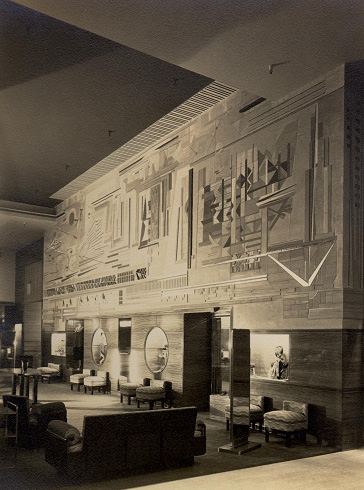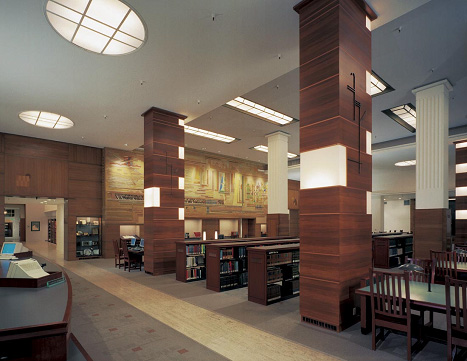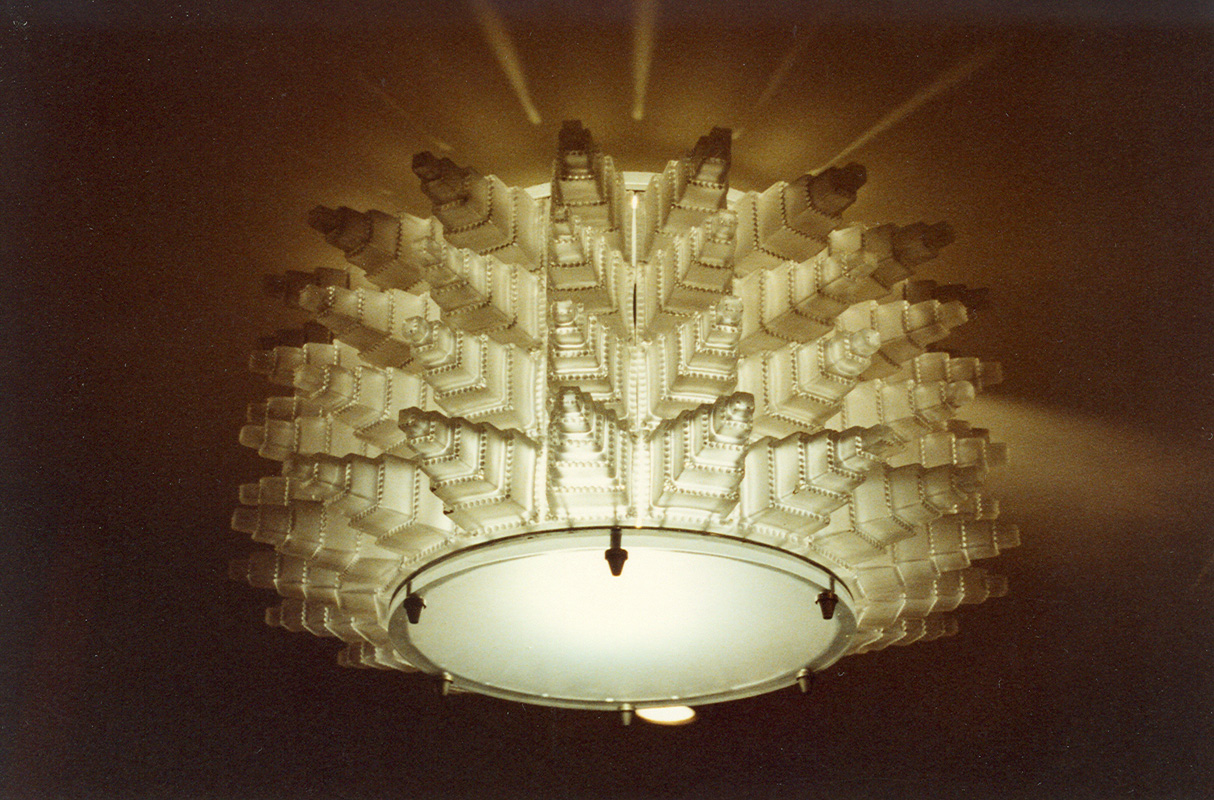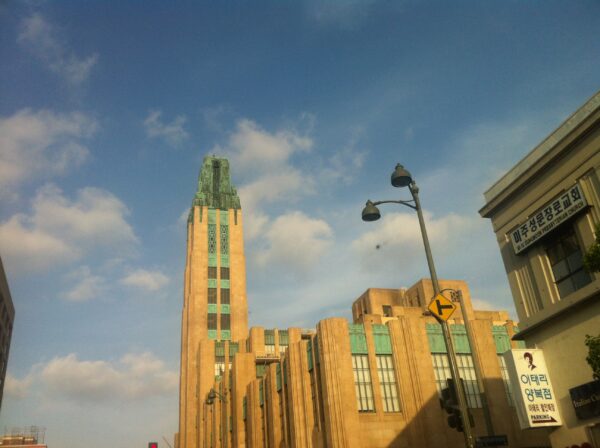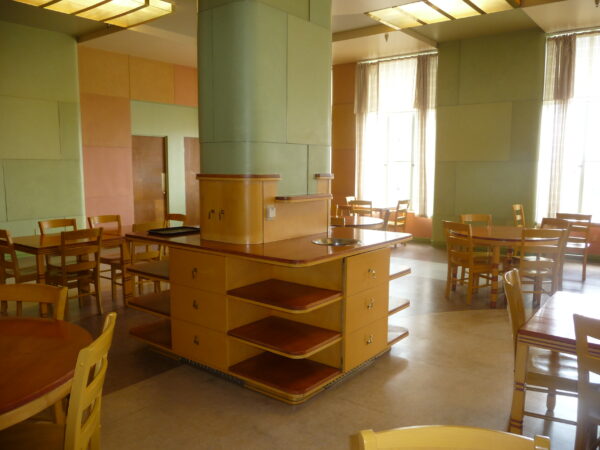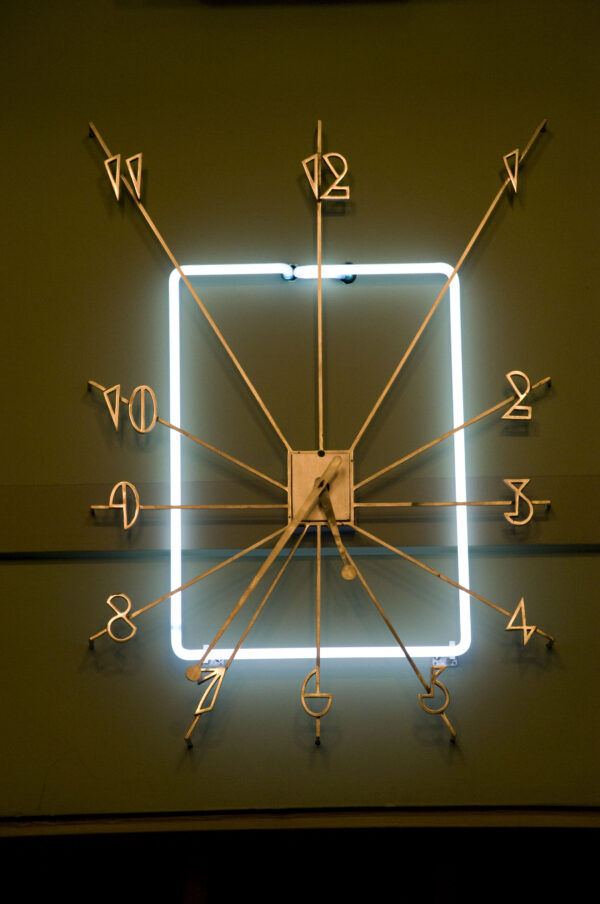
Place
Bullock’s Wilshire / Southwestern Law School
The former Bullock's Wilshire department store building is a spectacular gem that exemplifies the height of the Art Deco style in Los Angeles and beyond.
Saved
In 1994, Southwestern Law School purchased the Bullock’s Wilshire Building and spent ten years and $29 million on exhaustive research, planning, restoration, and sensitive rehabilitation. The Bullock’s Wilshire Building remains a prime example of adaptive reuse.

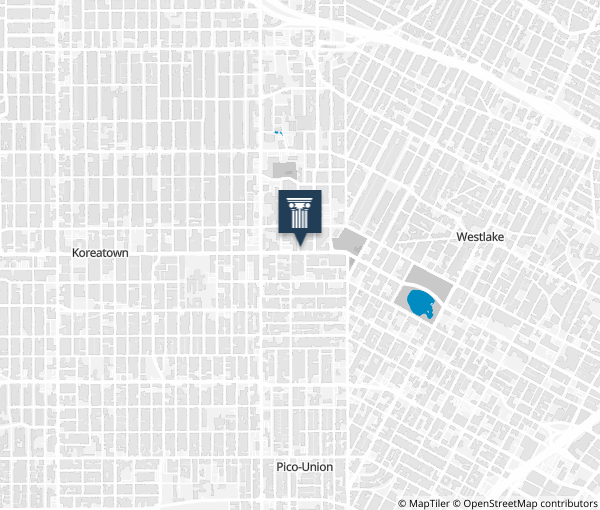
Place Details
Address
Architects
Neighborhood
Year
Designation
Property Type
Government Officials
Community
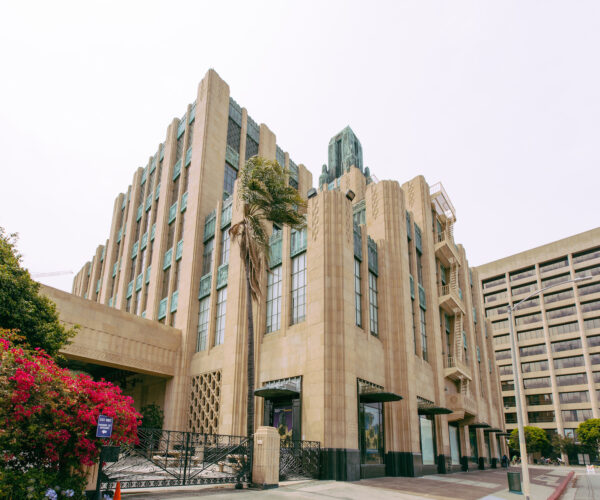
Photo by Hunter Kerhart | Photo by Hunter Kerhart
Overview
Many consider the former Bullock’s Wilshire department store building their favorite building in Los Angeles, not to mention its most spectacular example of Art Deco design. It also perfectly reflects the city’s history and evolution.
The building was the first department store in the country designed for the automobile, with large display windows facing the street, the main entrance facing a large parking lot in the back, and a remarkable porte cochere (carport). This “cathedral of commerce” signaled a new era of suburban shopping and fostered the development of Wilshire Boulevard, luring the city west.
Designed by the great John Parkinson, the Bullock’s Wilshire building is a five-story marvel clad in buff-hued terra cotta with vertical recesses and copper spandrels. Out of the building soars a luminous verdigris-coated spire soaring 241 feet. Bullock’s Wilshire featured unparalleled interior design, including custom Lalique light fixtures and artwork by more than a dozen artists from around the world. It holds a special place in the hearts of Angelenos with fond memories of shopping in the luxurious setting and visiting the elegant Tea Room on special occasions.
After facing an uncertain future in the 1990s, the building was purchased by neighboring Southwestern Law School, which spent ten years and $29 million to restore historic elements while adapting the building for state-of-the-art academic use. This world-renowned landmark now enjoys new life as an inspirational learning environment and a prime example of adaptive reuse.
About This Place
About This Place
After decades as a premier shopping destination, Bullock’s closed its doors in 1993. Looted in the 1992 civil unrest in Los Angeles, it was closed in April 1993 by Macy’s, which cited a troubled economy and a neighborhood that could no longer support an upscale store. At an August 1993 liquidation sale, it was discovered that most of the fixtures and furnishings had been systematically removed and relocated to other I. Magnin stores in California. Because so many of the pieces were original to the building and had been specifically designed for its individual rooms, the loss was particularly devastating.
Our Position
The Los Angeles Conservancy, Bullock’s Wilshire Task Force, Los Angeles Cultural Affairs Department, and many other supporters appealed to R.H. Macy’s to return the original fixtures and furnishings to the Bullock’s Wilshire Building.
The Conservancy organized people to contact Macy’s, urging the company to be a good corporate citizen. With a headline of “Don’t Let a Bankrupt New York Company Defile One of LA’s Most Beloved Landmarks,” a flyer was produced that included a strongly worded, but respectful, letter to the chairman of Macy’s.
Volunteers throughout Southern California, and even other cities across the state, distributed the flyers to shoppers in front of I. Magnin stores during the December 1993 holiday season. The response was tremendous. Within a couple of weeks, thousands of advocacy letters descended upon Macy’s’ New York office—along with clippings of news media coverage.
Macy’s reversed their decision, returning 100% of the fixtures and furnishings to Bullock’s Wilshire in 1994. A news conference conducted by the Conservancy, in partnership with the City of Los Angeles Cultural Affairs Department, praised the moral leadership and corporate citizenship of the company. While perhaps it was a small gesture by a large corporation that just wanted to avoid negative publicity, their actions demonstrate that historic preservation can prevail where laws are lacking.
In 1994, Southwestern Law School purchased the Bullock’s Wilshire Building and spent ten years and $29 million on exhaustive research, planning, restoration, and sensitive rehabilitation. Among a vast range of projects, the restoration team painstakingly restored murals, put custom wall clocks back in working order, repaired and resurfaced columns and much more.
Southwestern Law School’s extensive preservation of the Bullock’s Wilshire Building has received widespread acclaim. The Bullock’s Wilshire Building remains a prime example of adaptive reuse.

















